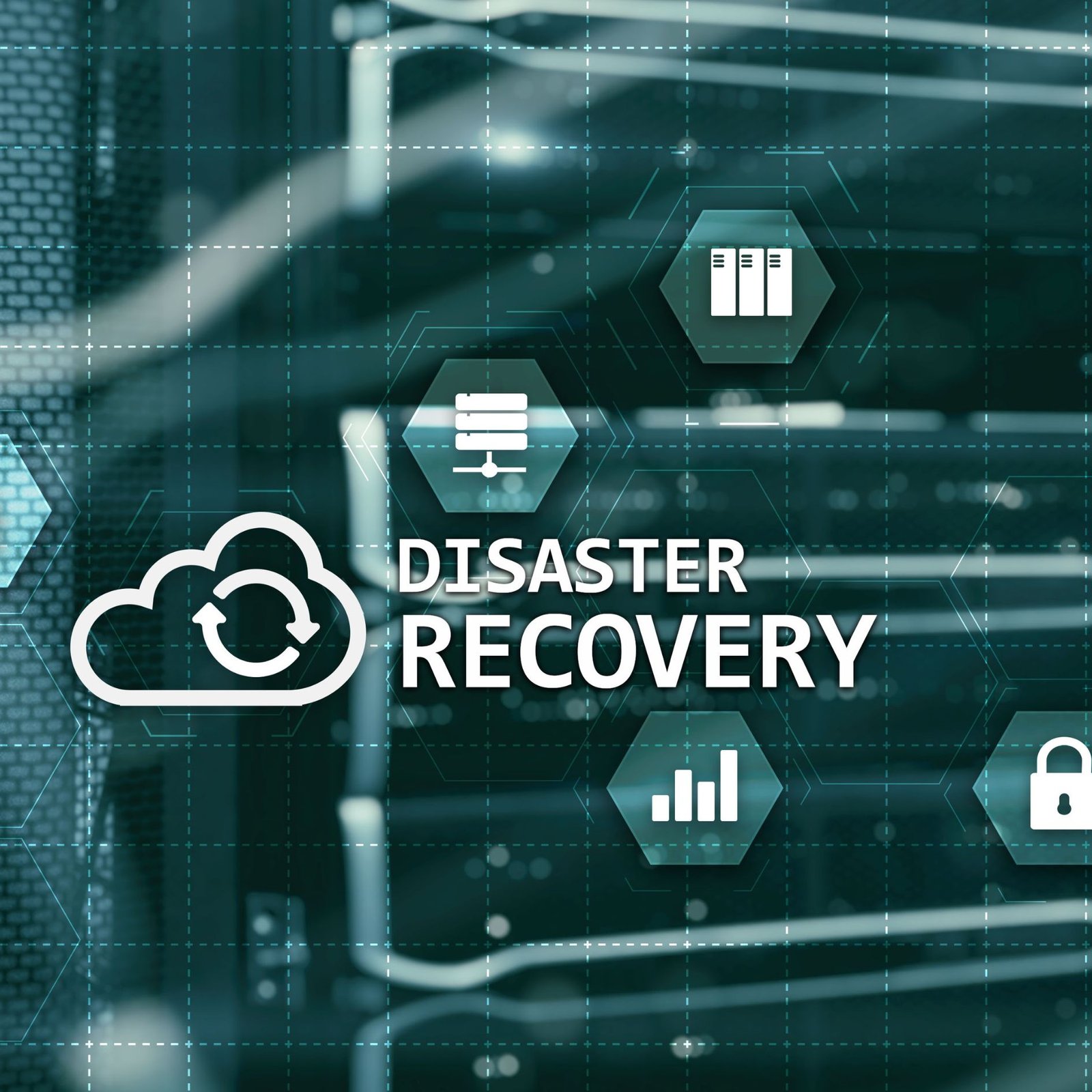Table of Contents
Introduction
In today’s digital-first world, data loss is more than just a technical hiccup, it can be a business-ending event. Whether it’s due to natural disasters, cyberattacks, or human error, organizations must have a robust plan to ensure business continuity. This is where disaster recovery in cloud computing becomes indispensable. Cloud-based disaster recovery offers an agile, scalable, and cost-effective alternative to traditional disaster recovery models.
In this guide, we’ll cover everything you need to know about disaster recovery in cloud computing, including its key benefits, types, planning strategies, and how to choose the right solution for your business.
What Is Disaster Recovery in Cloud Computing?
Disaster recovery (DR) refers to the process of restoring IT systems and data after a disruptive event. In a cloud computing context, DR solutions replicate and back up critical infrastructure and data to remote cloud servers, allowing organizations to recover rapidly and efficiently.
Key Benefits of Cloud-Based Disaster Recovery
- Cost-Effectiveness
- Traditional DR solutions often require expensive on-premise hardware and physical backups.
- Cloud disaster recovery solutions work on a pay-as-you-go model, reducing capital expenditure.
- Scalability
- Businesses can scale their cloud DR infrastructure as they grow, without worrying about hardware limits.
- Faster Recovery Times
- Cloud-based systems enable rapid disaster recovery time objectives (RTOs) and recovery point objectives (RPOs), minimizing downtime.
- Geographical Redundancy
- Data is stored across multiple geographic locations, adding a layer of resilience against localized disasters.
- Automation and Simplicity
- Many cloud disaster recovery services offer automated failover and failback capabilities, reducing the manual effort during emergencies.
Key Terms to Understand
- Recovery Point Objective (RPO): The maximum age of files that must be recovered from backup storage.
- Recovery Time Objective (RTO): The maximum time allowed to restore business operations after a disaster.
- Business Continuity Planning (BCP): Strategies and procedures that enable essential business functions to continue during and after a disaster.
Types of Cloud Disaster Recovery
- Backup and Restore
- The most basic type of DR, where data is backed up and can be restored manually.
- Pilot Light Configuration
- A minimal version of an environment runs in the cloud. Full-scale resources are launched only when needed.
- Warm Standby
- A scaled-down version of a full environment is always running in the cloud, enabling faster recovery.
- Multi-Site Deployment
- Active-active configurations running simultaneously across multiple cloud regions ensure near-zero downtime.
Choosing the Right Cloud Disaster Recovery Service
When evaluating disaster recovery as a service (DRaaS) providers, consider:
- RTO and RPO requirements
- Data security and compliance standards
- Ease of integration with your existing infrastructure
- Cost-effectiveness and pricing models
- Geographic redundancy and availability zones
Microsoft Azure, AWS, and Google Cloud all offer robust cloud DR solutions with varying features and pricing.
Disaster Recovery Planning Checklist
Here’s a quick disaster recovery planning checklist for cloud environments:
- Identify critical applications and data
- Define RPO and RTO targets
- Choose a reliable cloud disaster recovery provider
- Automate backup and replication
- Test the DR plan regularly
- Document and update your plan frequently
Cloud Disaster Recovery Use Cases
- Startups: Cost-effective and easy-to-deploy solutions.
- Healthcare: HIPAA-compliant DR solutions to safeguard patient data.
- Finance: Secure and resilient infrastructure for high-frequency transactions.
- E-commerce: Ensure uptime during sales peaks and cyberattacks.
Conclusion
Disaster recovery in cloud computing is no longer optional, it’s a necessity. With the rise in ransomware, system failures, and natural disasters, businesses must ensure that their data and systems can recover swiftly and securely. Cloud-based DR offers a modern, agile approach to protect what matters most.
Investing in a well-architected cloud disaster recovery strategy not only safeguards your operations but also strengthens your brand’s trustworthiness and resilience.









